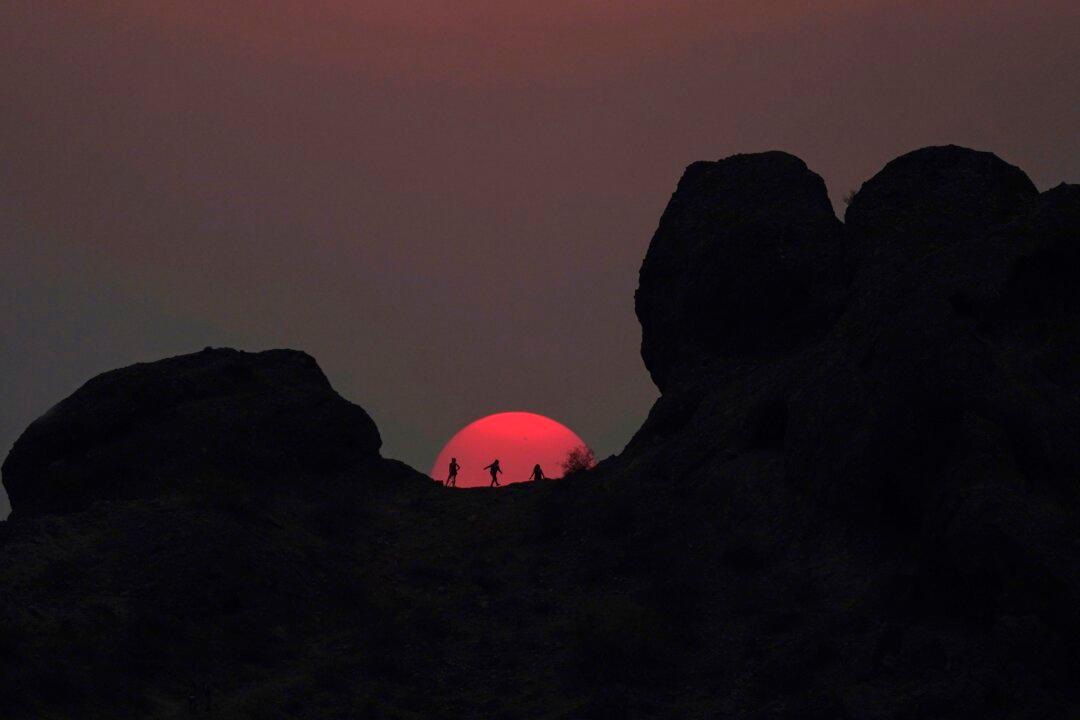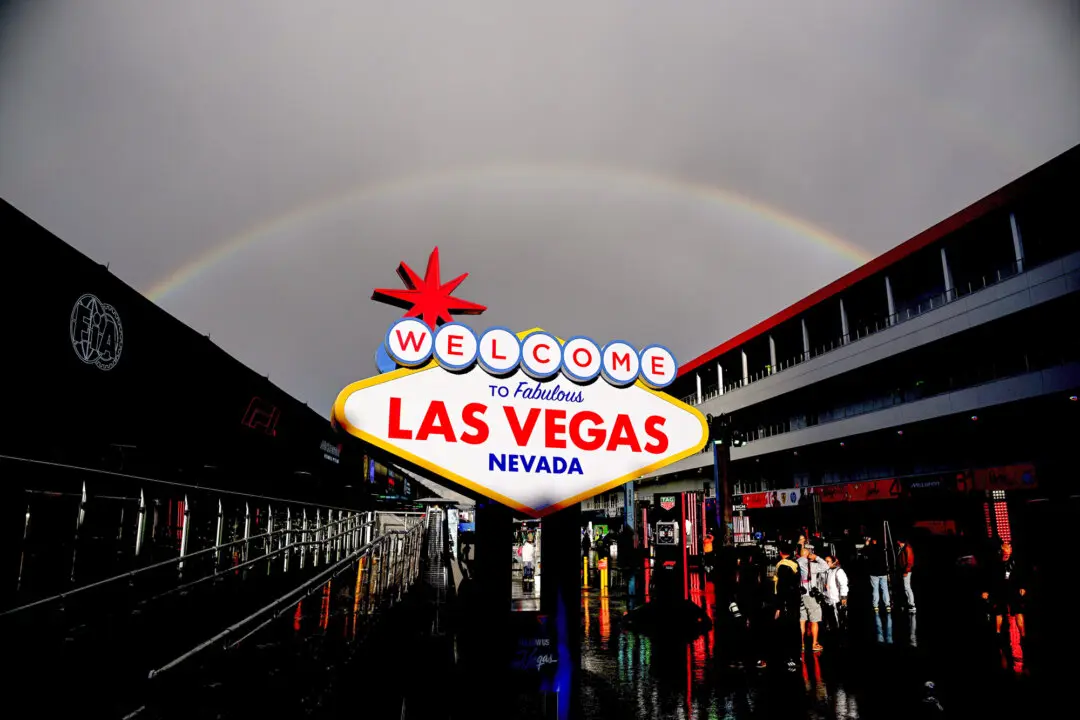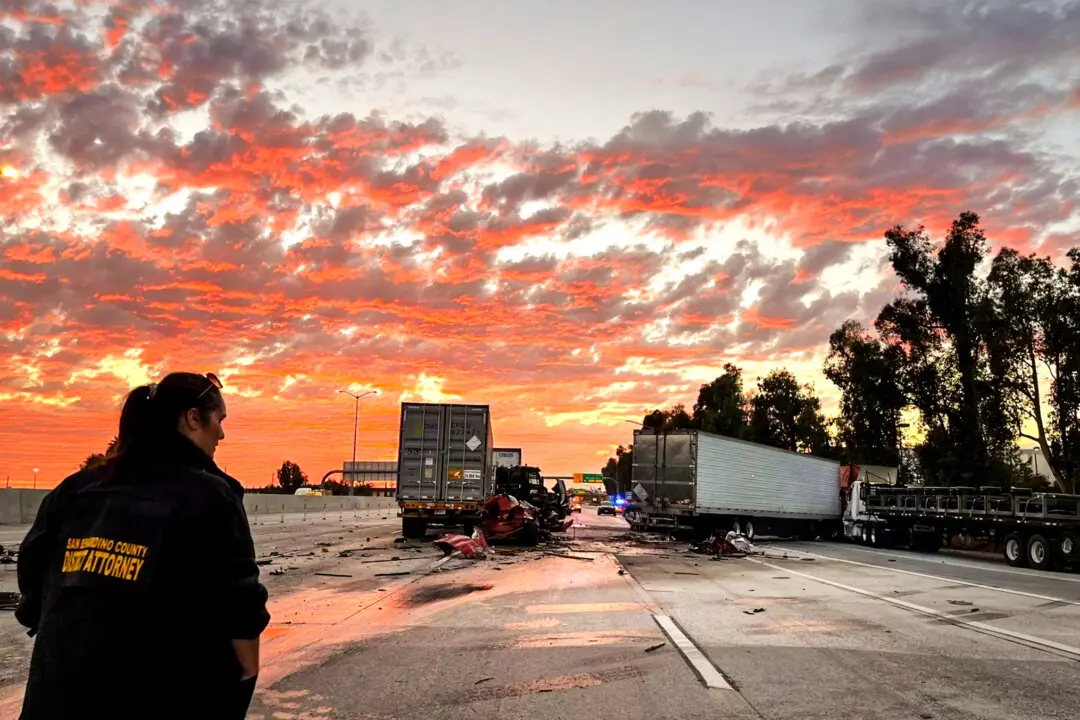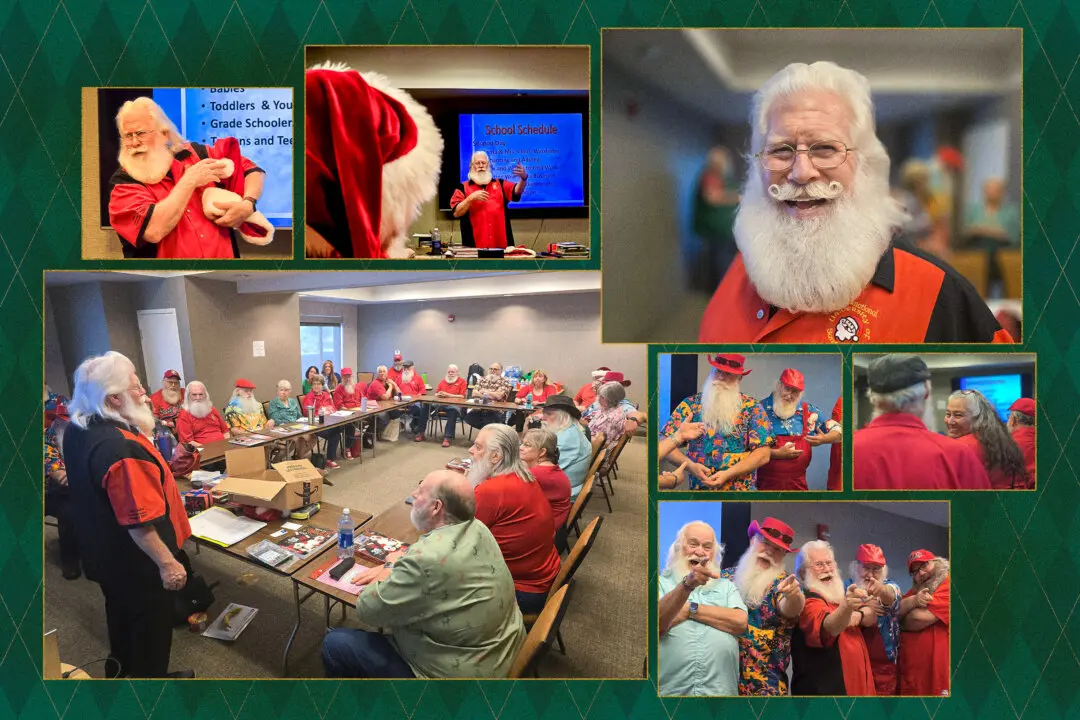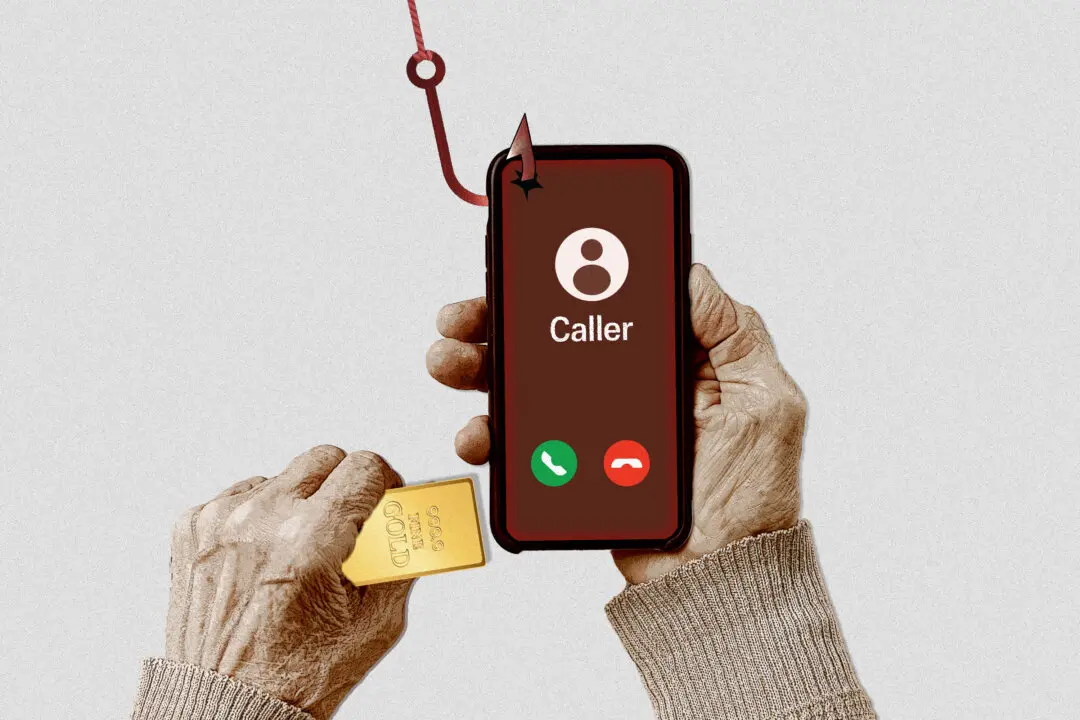Wildfires burning through a number of Arizona’s pristine national forests since June have left many outdoor recreational businesses struggling amid a wave of park closures and lost tourism.
As if the pandemic downtown wasn’t bad enough, Troyscot Farrar, general manager at Arizona High Mountain Trail Rides at Mormon Lake, nestled within the Coconino National Forest, said he’s lost half his horseback ride reservations since the park closure went into effect June 23.
